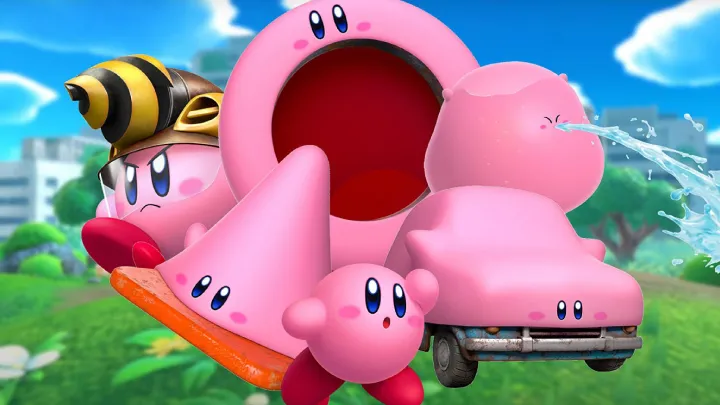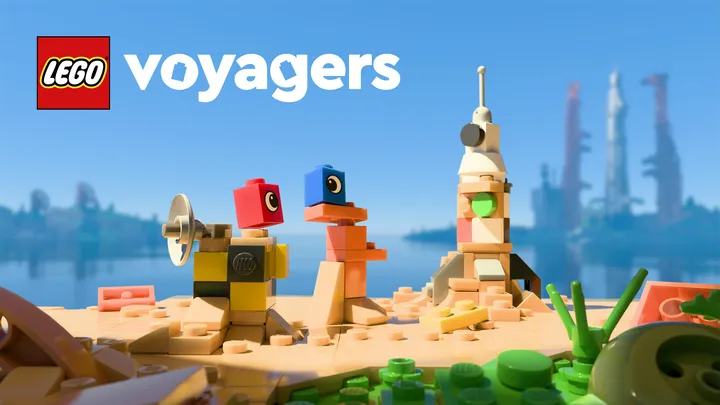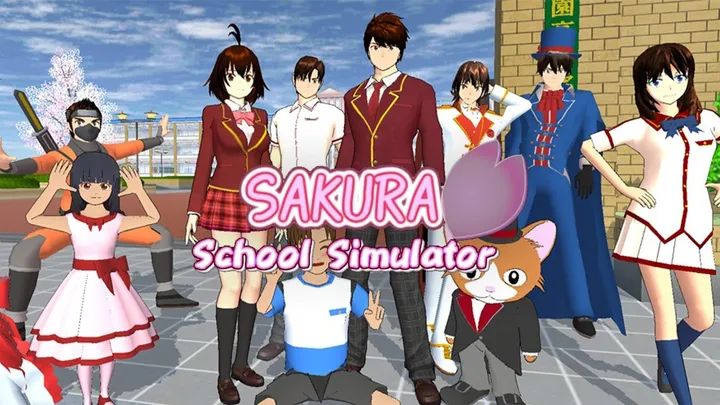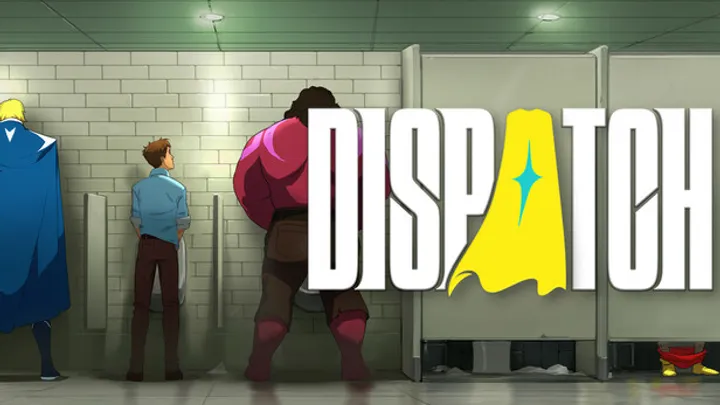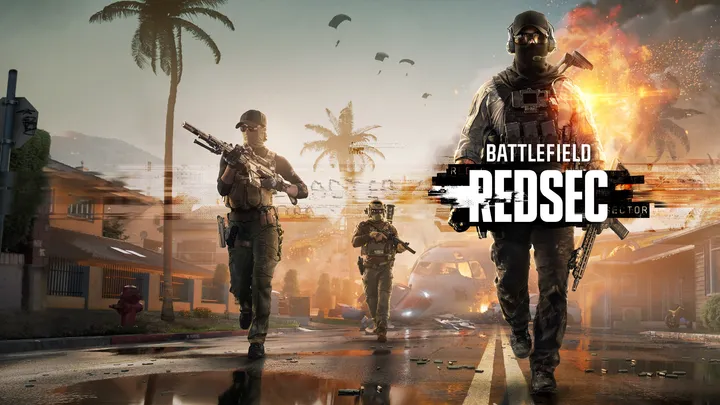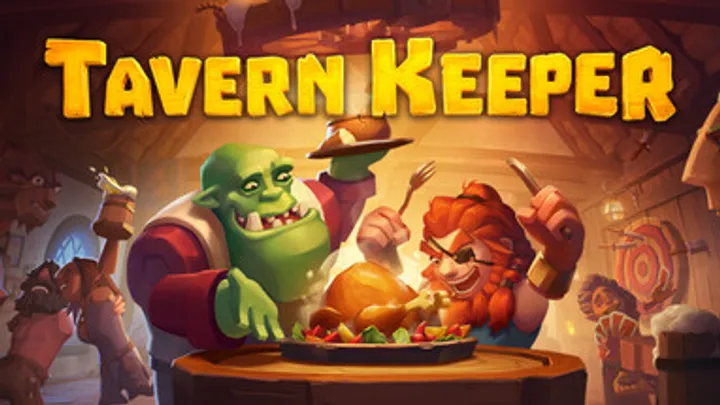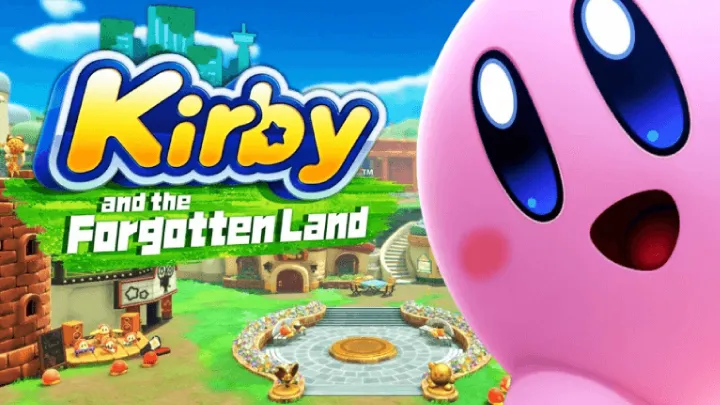
Introduction
Kirby and the Forgotten Land, released in 2022 for the Nintendo Switch, marks a significant milestone in the long-standing franchise that has captured the hearts of gamers since its inception in 1992. This game takes Kirby from his traditional 2D platforming roots into a vibrant 3D world, presenting both opportunities and challenges in terms of gameplay mechanics, level design, and the overall player experience. While the shift to 3D opens up new avenues for exploration and innovation, it also raises fundamental questions about how well the series retains its core identity amidst such a significant transition. This article will explore the specific issue of gameplay balance in Kirby and the Forgotten Land, dissecting how the shift to 3D affects traditional mechanics, player engagement, and the overall narrative.
The Legacy of Kirby: A Brief Background
Historical Context
Kirby has been a staple of Nintendo's lineup for over three decades, known for its accessible gameplay, charming visuals, and unique mechanics such as the iconic Copy Ability. As a primarily 2D platformer, the series has cultivated a dedicated following by providing players with straightforward yet engaging gameplay, often inviting both newcomers and seasoned players to enjoy its offerings.
Previous Titles: Foundations in 2D
Before Forgotten Land, titles like Kirby 64: The Crystal Shards hinted at 3D environments, but they primarily retained the 2D platforming mechanics. Games like Kirby: Star Allies showcased cooperative gameplay, but still operated within a 2D perspective. This legacy sets the stage for Forgotten Land, where the series is poised to expand its boundaries significantly while grappling with the expectations rooted in its past.
The Anticipation of a 3D Adventure
The announcement of Kirby and the Forgotten Land generated excitement among fans who were eager to see how the beloved pink protagonist would adapt to a new dimension. However, expectations were tinged with concern regarding how well the game would maintain the charm and simplicity that has characterized the franchise’s beloved formula. Players wondered if the transition could live up to its predecessors or if it would lose the essence that made Kirby games endearing.
Gameplay Mechanics: The Shift to 3D
Embracing 3D Design
Kirby and the Forgotten Land embraces a fully realized 3D environment that contrasts sharply with its predecessors’ 2D levels. The switch to 3D inherently alters gameplay mechanics—players can now navigate depth as well as height, opening up new possibilities for exploration and puzzle-solving.
Enhanced Movement and Combat
In a 3D environment, Kirby's movement becomes more complex. Players can engage enemies from various angles and utilize the complex level designs to their advantage. The addition of rolling and jumping at different depths adds a layer of strategic gameplay.
Key Features of Enhanced Mechanics
- Diverse Environments: Each area features unique aesthetics and challenges, demanding players adapt their strategies to various themes and settings.
- Dynamic Combat Styles: The 3D perspective allows for more fluid and responsive combat encounters, enabling players to dodge, attack, and evade in three-dimensional space.
- Environmental Interaction: Players can manipulate the 3D space to solve puzzles, creating a richer gameplay environment.
Balancing Player Experience
While enhanced movement and combat provide a refreshing experience, the transition to 3D has necessitated adjustments in enemy design and level structure. This has sparked a vital dialogue on balancing the gameplay experience, especially as players navigate these new environments.
Level Design: Exploring the Forgotten Land
A New Structure for Levels
The transition to 3D has significant implications for level design. Kirby and the Forgotten Land features several distinct realms, each with its own challenges and themes, permitting a wider variety of experiences. However, the complexity of designing 3D levels introduces an ongoing struggle between exploration and linearity.
The Open World vs. Linear Design Dilemma
Much of Forgotten Land presents an open-world feel while maintaining linear objectives that must be achieved. This structure invites exploration but may also lead to confusion or frustration as players navigate extensive environments.
Exploration Challenges
- Environmental Clarity: Players may struggle to identify where to go, especially in expansive areas filled with distractions and optional challenges.
- Pacing Issues: The balance between exploration and progression can disrupt the game’s pacing, potentially leading to disengagement if players feel lost or overwhelmed.
- Variety within Levels: While varied settings and challenges enrich gameplay, an excess of elements can dilute focus and obscure main objectives.
Innovations in Level Structure
Ultimately, the developers have found ways to blend traditional platforming level design with modern 3D elements. Challenges are strategically placed to encourage exploration, while also providing satisfying rewards, keeping players engaged in the journey throughout the Forgotten Land.
Copy Abilities: Reinventing Mechanics
The Heart of Gameplay
A cornerstone of the Kirby franchise has always been the Copy Ability mechanic, which allows players to absorb abilities from defeated enemies and utilize them to enhance gameplay. In the transition to 3D, how this mechanic operates becomes a critical aspect of maintaining the series’ charm.
Evolution of Copy Abilities
Kirby and the Forgotten Land introduces a host of new Copy Abilities that capitalize on the 3D design. Players can experience abilities that feel fresh while maintaining the original’s spirit—like the Mouthful Mode, which allows Kirby to consume large objects and manipulate them creatively.
Highlights of New Abilities
- Mouthful Mode: Enables Kirby to absorb and utilize large objects to traverse the environment or tackle enemies, fostering ingenuity in puzzle-solving.
- Expanded Variety: New abilities such as the Fire and Meta Knight transformations create tactical diversity in combat encounters.
- Enhanced Combat: The incorporation of new abilities adds layers to player strategy, allowing for more dynamic encounters.
Balancing Old and New
While introducing new abilities revitalizes gameplay, retaining the strengths of classic abilities is crucial. Balancing the old with the new fosters continuity with past titles while celebrating innovation. Players expect not only familiarity but also evolution in their gameplay experience.
Challenges and Boss Encounters
The Evolution of Difficulty
Another significant aspect of gameplay in Kirby and the Forgotten Land is the redesign of challenge mechanics. Boss encounters and enemy designs are an area that warrants examination, as they play a crucial role in the overall experience.
Boss Designs in a 3D Environment
Boss battles in Forgotten Land have evolved alongside the shift in gameplay mechanics. The increase in dimensionality allows for more complex boss designs, requiring players to utilize newfound movement abilities and tactics.
Key Elements of Boss Encounters
- Complex Attack Patterns: Bosses exhibit sophisticated attack patterns that demand strategic evasion and counter-attacks, enhancing the combat experience.
- Environmental Integration: Utilizing the environment during encounters adds an extra layer of challenge, as players must navigate both combat mechanics and spatial dynamics.
- Multi-Phase Boss Fights: Many encounters feature multiple phases, introducing evolving mechanics that maintain engagement throughout each battle.
Balancing Challenge and Accessibility
In reimagining boss difficulty, developers must tread carefully. The challenge should encourage players to refine their skills without alienating newcomers. Forgotten Land must find the balance between difficulty spikes and accessibility to retain player engagement.
Community Response: Embracing Change
Initial Reactions to 3D Gameplay
Upon release, Kirby and the Forgotten Land received enthusiastic responses from both longtime fans and newcomers. The transition to 3D presented an opportunity for new players to engage with the franchise while maintaining the charm that has drawn fans for years.
Engaging the Community
The developers actively sought feedback from players regarding the 3D transition, gathering insights on what worked well and what could be improved. Engaging with the community has become critical in refining gameplay mechanics and addressing concerns raised by players.
Key Areas of Focus
- Responsive Feedback Mechanisms: Developers regularly updated the game based on player feedback, addressing balancing challenges or bugs to enhance the player experience.
- Community-driven Events: Engaging players with special events and challenges fosters excitement and affiliation with the game, deepening the sense of community.
Evolving Expectations
The player community's expectations continue to evolve as Kirby and the Forgotten Land sets new standards for gameplay in the franchise. The transition to 3D is likely to influence future titles, fostering anticipation for innovations while establishing new benchmarks for success.
Artistic Direction: Narrative and Identity
Visual Aesthetics
Kirby and the Forgotten Land showcases vibrant, charming visuals that immediately capture the player’s attention. The artistic direction artfully blends whimsical and surreal elements, contributing to a unique atmosphere.
Narrative Impact Through Design
The storytelling is intricately tied to the visual design. Each area of the Forgotten Land is not only aesthetically distinct but also imbued with thematic significance that enriches the overarching narrative.
Elements of Visual Storytelling
- World-Building: The vibrant landscapes and unique character designs immerse players in Kirby's world, enhancing narrative experience.
- Symbolism: Imagery within levels conveys themes interconnected with the gameplay, making exploration feel purposeful.
Balancing Aesthetics and Gameplay
The challenge lies in maintaining a cohesive balance between striking visuals and effective gameplay design. The delightful aesthetics should complement the gameplay experience—not overshadow it or create confusion.
Conclusion: The Path Forward for Kirby
Kirby and the Forgotten Land represents a bold step into the future for the beloved franchise, successfully navigating the transition from 2D to 3D while addressing numerous challenges. The blend of enhanced mechanics, new abilities, rather than merely replicating the past, demonstrates an understanding of both nostalgia and modern gaming.
However, the game also confronts significant issues concerning gameplay balance, narrative cohesion, and community engagement. The developers’ responsiveness to player feedback and their ability to refine mechanics based on community insights will shape the future of Kirby, allowing the character to thrive in this new dimension.
As players embrace this vibrant world, the evolution continues, promising exciting adventures while preserving the core essence of what makes Kirby a beloved figure in gaming history.